Western Animation Needs To Learn From Anime If It Wants To Survive
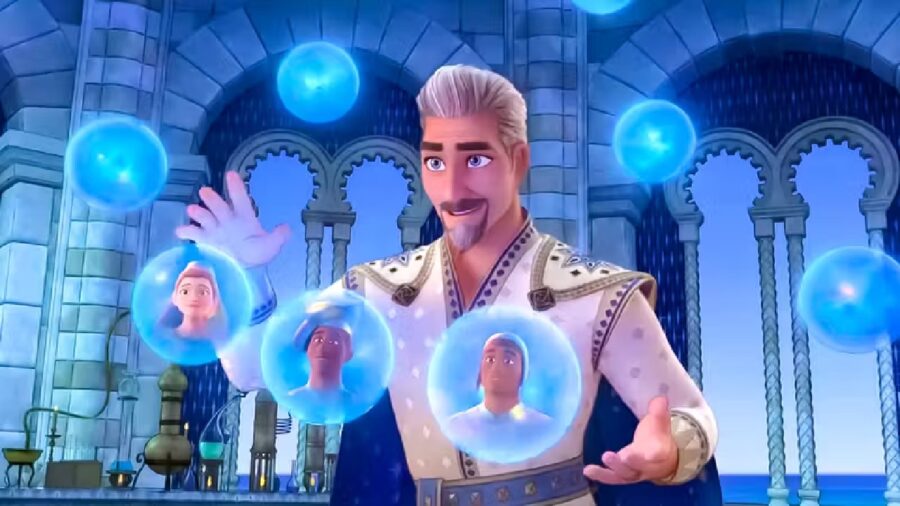
There’s a lot Japan does right when it comes to anime, from catering to both children and adults to the intricate details in every scene. However, there’s one thing they do incredibly well that the West, America especially, has been slow to pick up on. For the most part, in Japan, voice acting is voice acting, and acting is acting, with little to no overlap.
Voice Acting And Acting Are Different
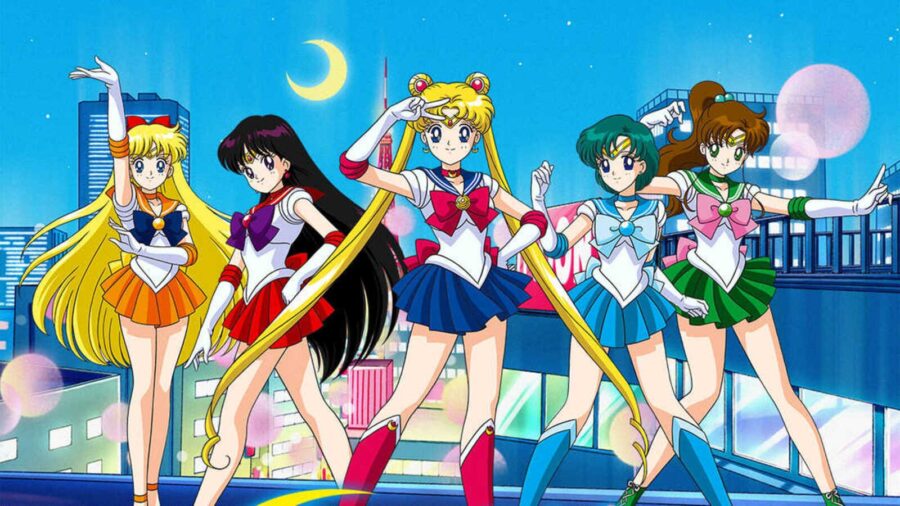
Those in charge of voicing anime characters usually solely focus on that niche. Because of that, the characters sound much more real, emotional, and of better quality. This is one of the huge benefits of watching anime, especially older anime, in the original Japanese language instead of dubbed into English.
English actors rarely have the skills to create voices and emotions as well as voice actors in Japanese anime. Usually, the voice doesn’t match well with the character, or the emotions and level are wrong for the moment.
There’s Amazing Voice Actors In The West
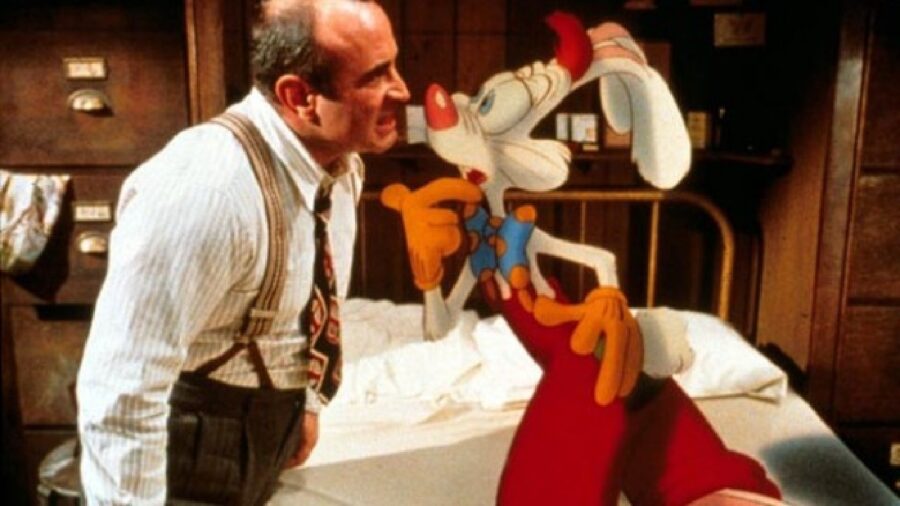
Now, that isn’t to say that there aren’t some great voice actors in America and other Western countries. Actors like Jennifer Hale (X-Men ’97, Ralph Breaks the Internet, Ratchet & Clank: Rift Apart), Mel Blanc (Who Framed Roger Rabbit, Mister Magoo, The Bugs Bunny Show), and Keith David (The Princess and the Frog, Hazbin Hotel, Rick and Morty) are some great examples. However, when it comes to adult animated films and TV shows, voice actors are usually cast as secondary characters in the West.
Hollywood Hires Celebrities First
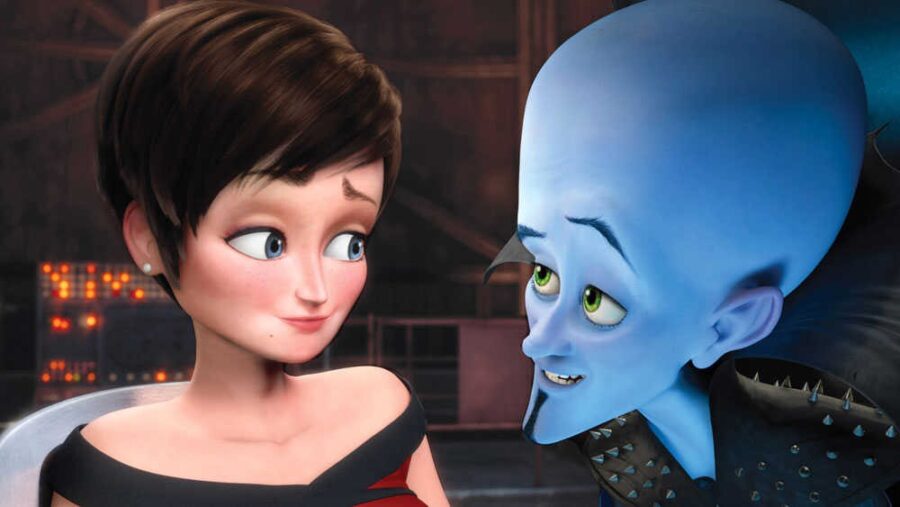
Meanwhile, Hollywood and A-list actors are given priority. This is generally where America goes wrong and where anime stands tall. Instead of picking out voice actors who do their job well and can raise the animated film or TV show to a new level, they choose big names in the hopes of drawing in people who know those actors.
The Required Section About Chris Pratt
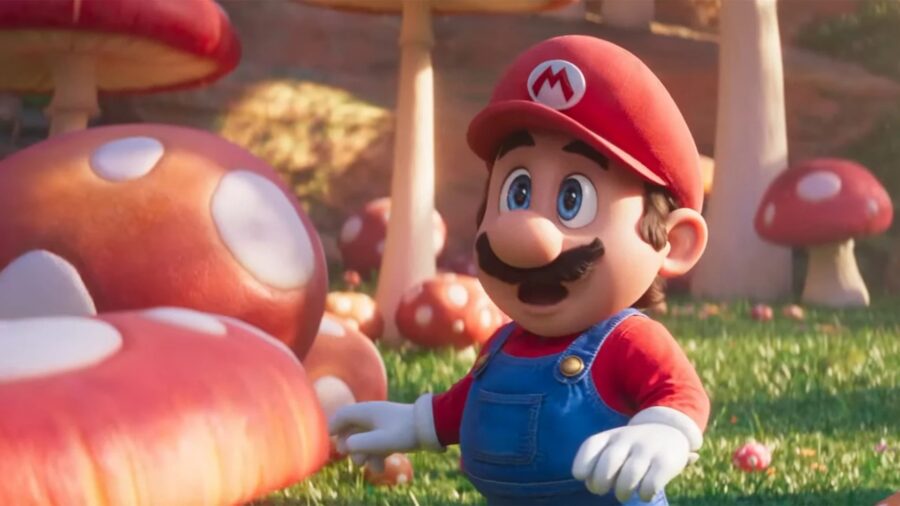
One of the more recent examples is Chris Pratt in The Super Mario Bros. Movie, cast as Mario, and his soon-to-be role of Garfield in The Garfield Movie. There are voice actors out there (or, in the case of Mario, the original voice actor) that can better mimic the voice we expect to hear from these characters. In anime, a voice actor is chosen based on their ability to fit the character’s voice and personality, and not on how popular the actor is.
Chris Pratt’s voice doesn’t fit either of the above characters, and he doesn’t have the skill to change his voice to consistently produce the right accent, and his attempts at doing so lead to the character having multiple accents throughout the movie. To be fair to Pratt, I am not sure if it’s his fault or the fault of his team for putting him in roles where there are distinct voices that he can’t recreate. If he was a minor character or a new character, such as in The Lego Movie 2: The Second Part, it wouldn’t be quite as bad.
Convey An Entire Personality Through Voice Alone
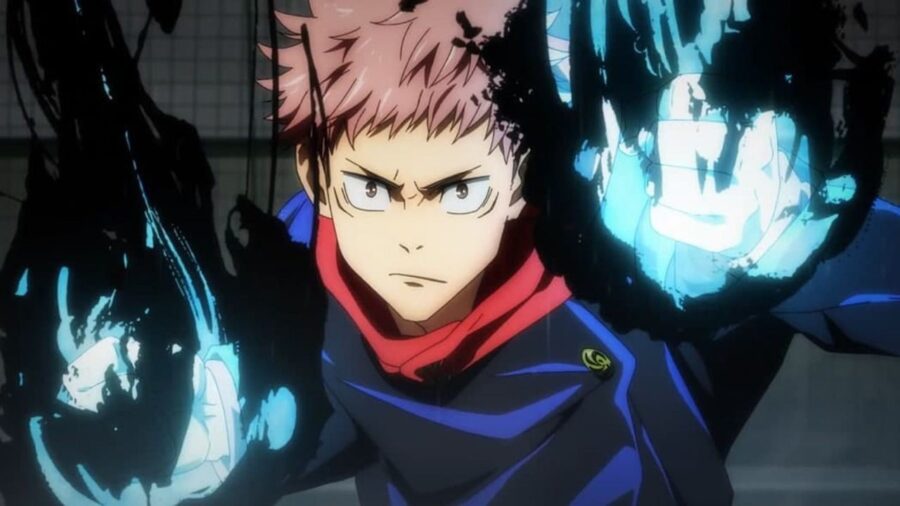
But the point still stands. Big Hollywood actors have plenty of live-action roles to play. They should leave voice acting to the people trained in the skill. Voice actors have to work on specific vocal techniques, such as pitch control, tone, inflection, and pacing.
In many anime, actors have to be able to express the personality of the character entirely through their voice. While the animation of the character they’re playing can act as support, they can’t rely on their features and movements to get the point across like a traditional actor would. All actors have to make sure their tone of voice is correct; it needs finer control and the ability to create emotion in their voice with little to no movement.
Studio Ghibli English Dubs Are The Exception And Not The Rule
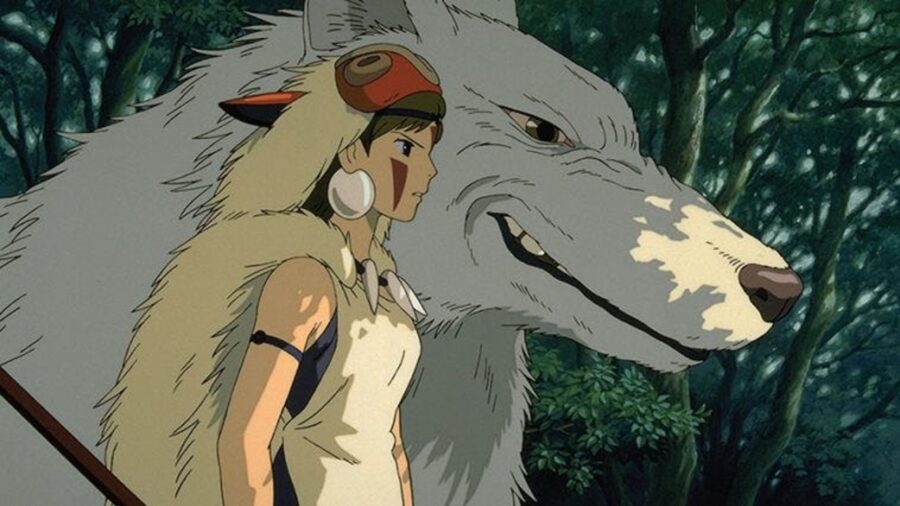
I will fully admit that there are exceptions, like with many Ghibli English voice actors, as some actors can do both without a problem. My argument is that Western animation needs to learn from Japanese anime, where choosing a voice actor is based on their skill and not their name or popularity. Hollywood needs to focus on finding actual voice actors for their animated films over standard actors in the future.












